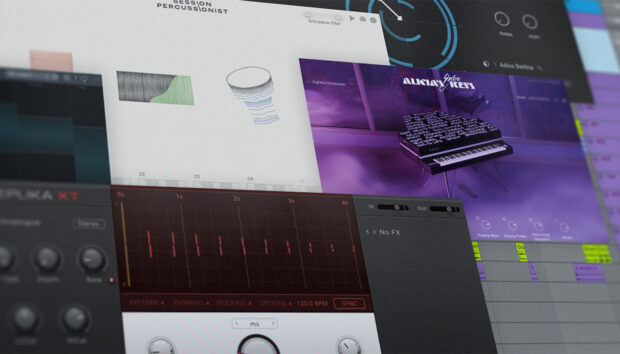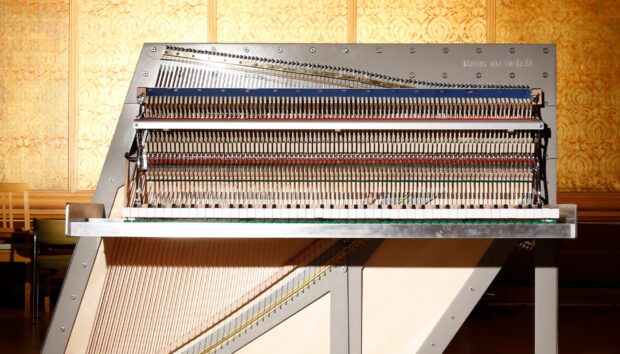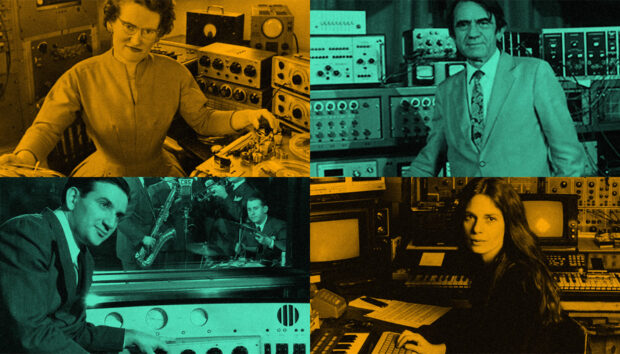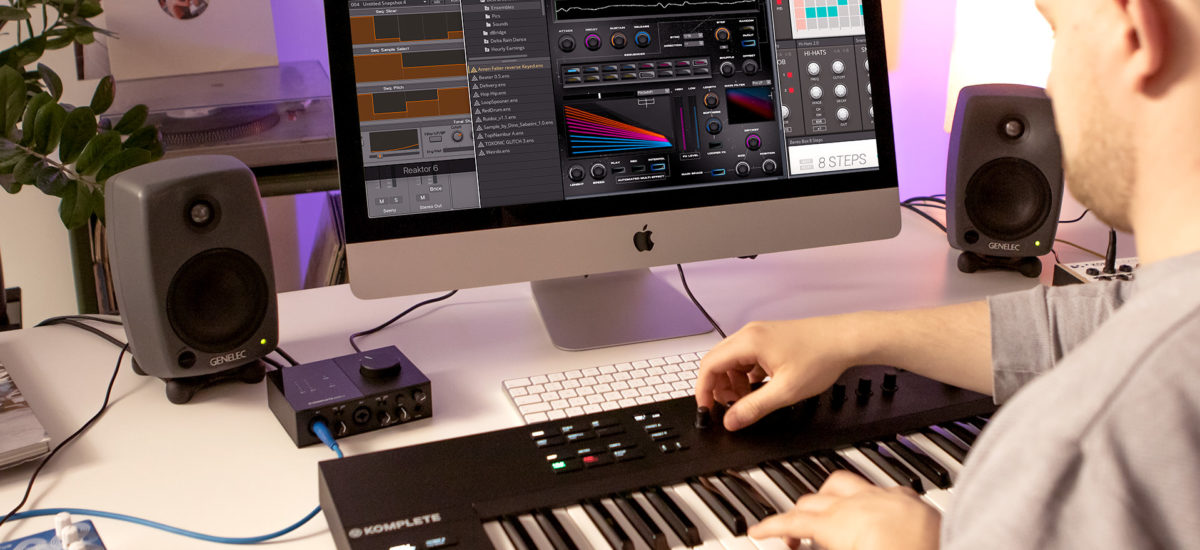
As well as straight four-by-four beats the breakbeat has always been a fixed component of club and dance music culture. More predominate UK import genres such as jungle, hardcore, big beat, and IDM were all based or structured around breakbeats in some way or another. Even though chopping up breaks and incorporating them into electronic music productions is a technique that has been around for decades, it has still yet to lose any of its appeal.
For this installment feature of notable user-made REAKTOR ensembles, we dive deep into the world of breakbeats, emphasizing the most hands-on and easy to use creations from the Reaktor User Library.
The break melter
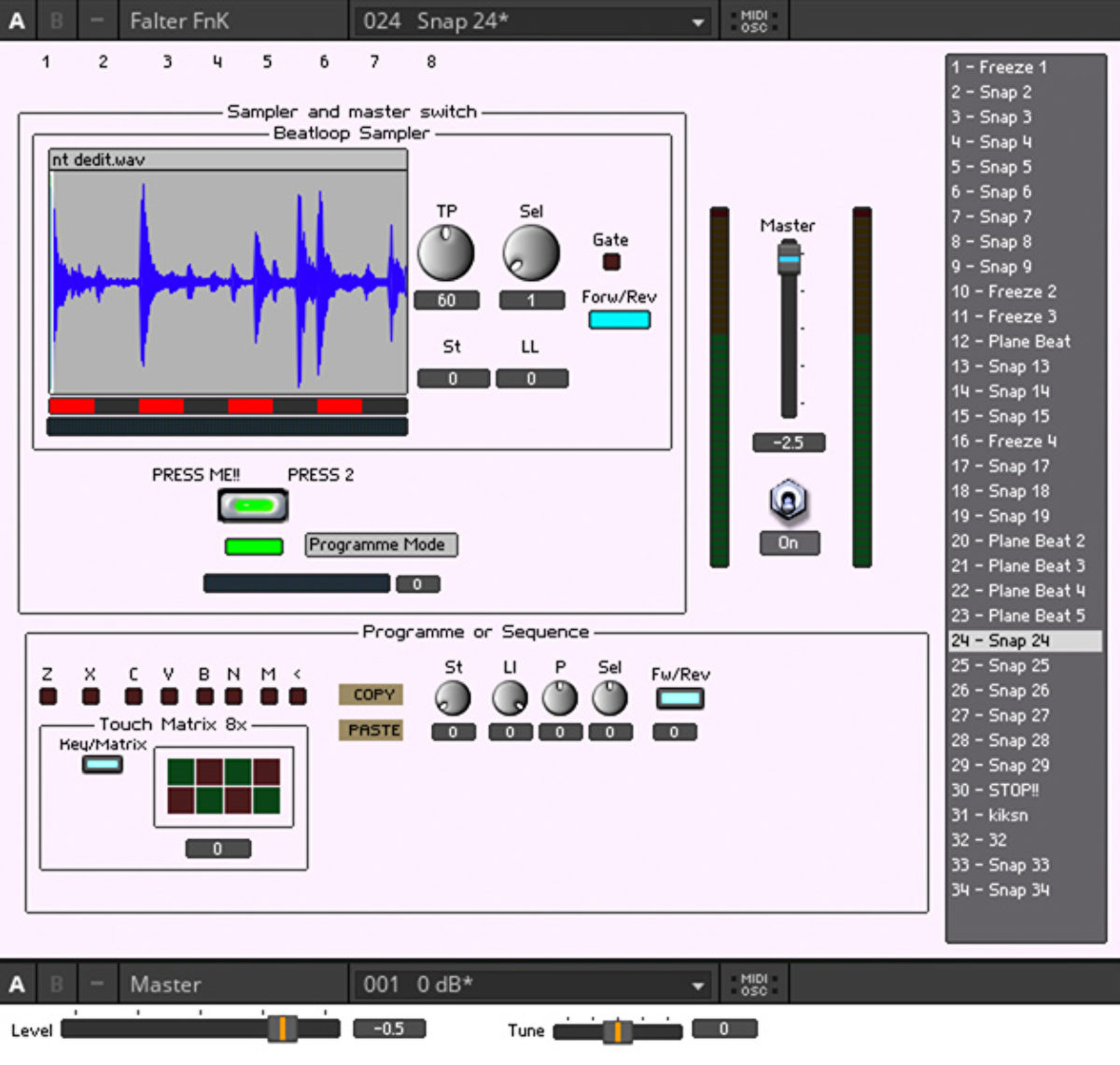
The Amen Falter is a break sequencer/looper that is very useful in live situations. It operates in two modes, Programme Mode and Play Mode. Programme Mode allows you to set your own cue points and drum break chops, and to set them out across a playable eight- pad matrix. In Programme Mode you can use the scene/loop sampler and switch between different pre-programmed loop settings, allowing you to incorporate different sequences from other drum breaks and blend to your taste.
Check out Amen falter v. 3.0 here.
Virtuoso breaks
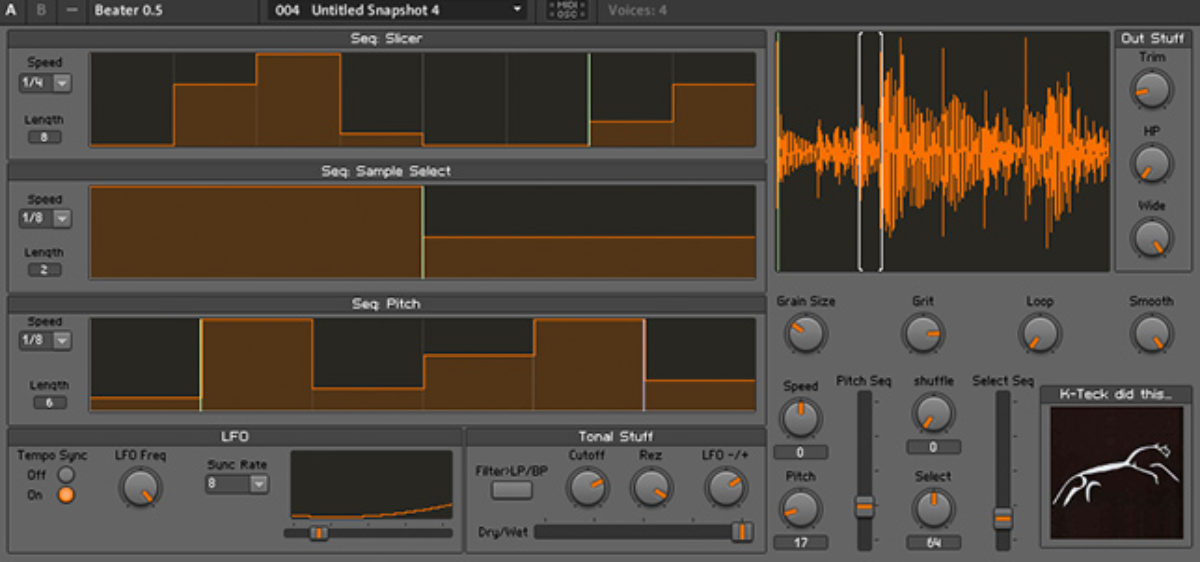
If you were to imagine a breakbeat generator that was bathed in Jan Jelinek’s Loop-Finding-Jazz-Records sound, you’d get the Beater. The ensemble is sectioned into a slice section, sample select area, a pitch section, and some additional modulation possibilities. It is definitely one of the more advanced and diverse breakbeat sources in this list. Check the sound clip and see for yourself.
Check out Beater here.
IDM at its core
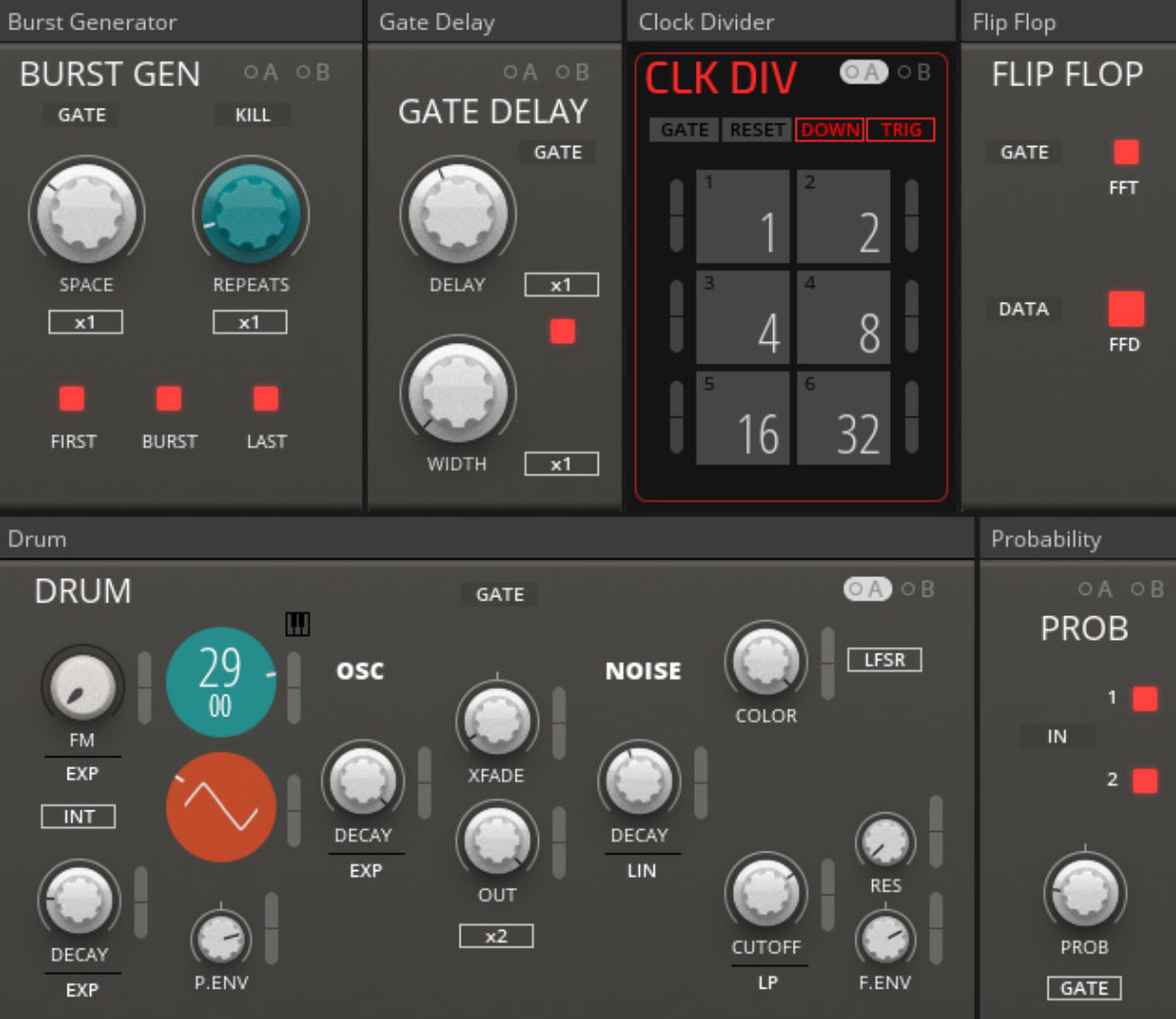
The Blocks-based ensemble by Michael Hetrick is a modular style beat generator/sequencer aimed at breakbeat heads with IDM affiliations. Sonically it’s reminiscent of early Aphex Twin and Squarepusher drum sounds, so beware, it’s not your classic amen break ROMpler.
Check out the Algorithmic Breakbeat Generator here.
The experimental randomization wormhole
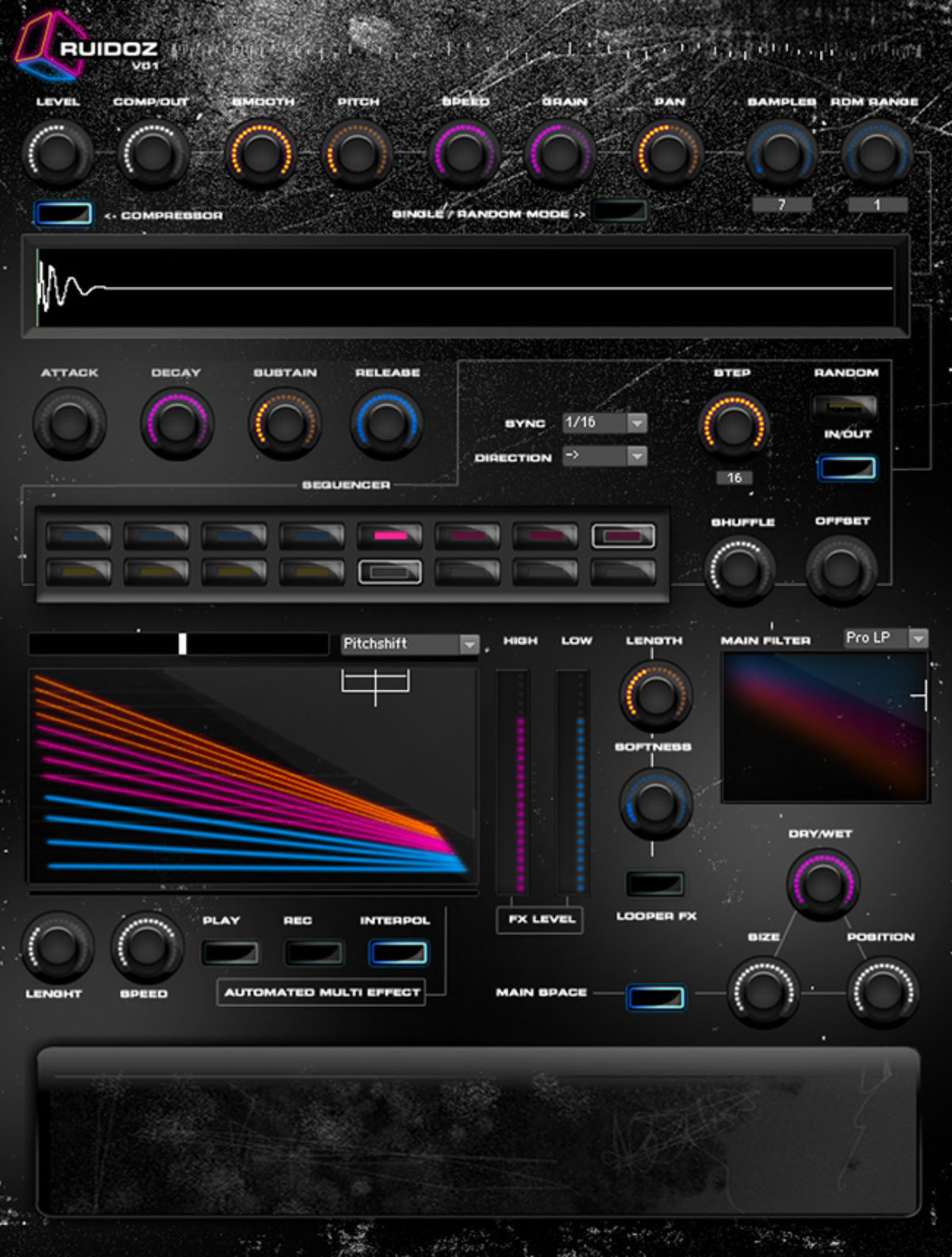
Ruidoz is a sample-based “virtual machine for making beats or soundscapes.” The audio mangler consists of 127 short electric, liquid and metallic samples, played in random or single mode.
All samples are processed by four lines of effects (multi, filter, looper and reverb) and launched with a step sequencer. “Ruidoz [is] aimed to be played live or for producing strange rhythmic patterns”.
Check out Ruidoz here.
Adding a twist to the classics
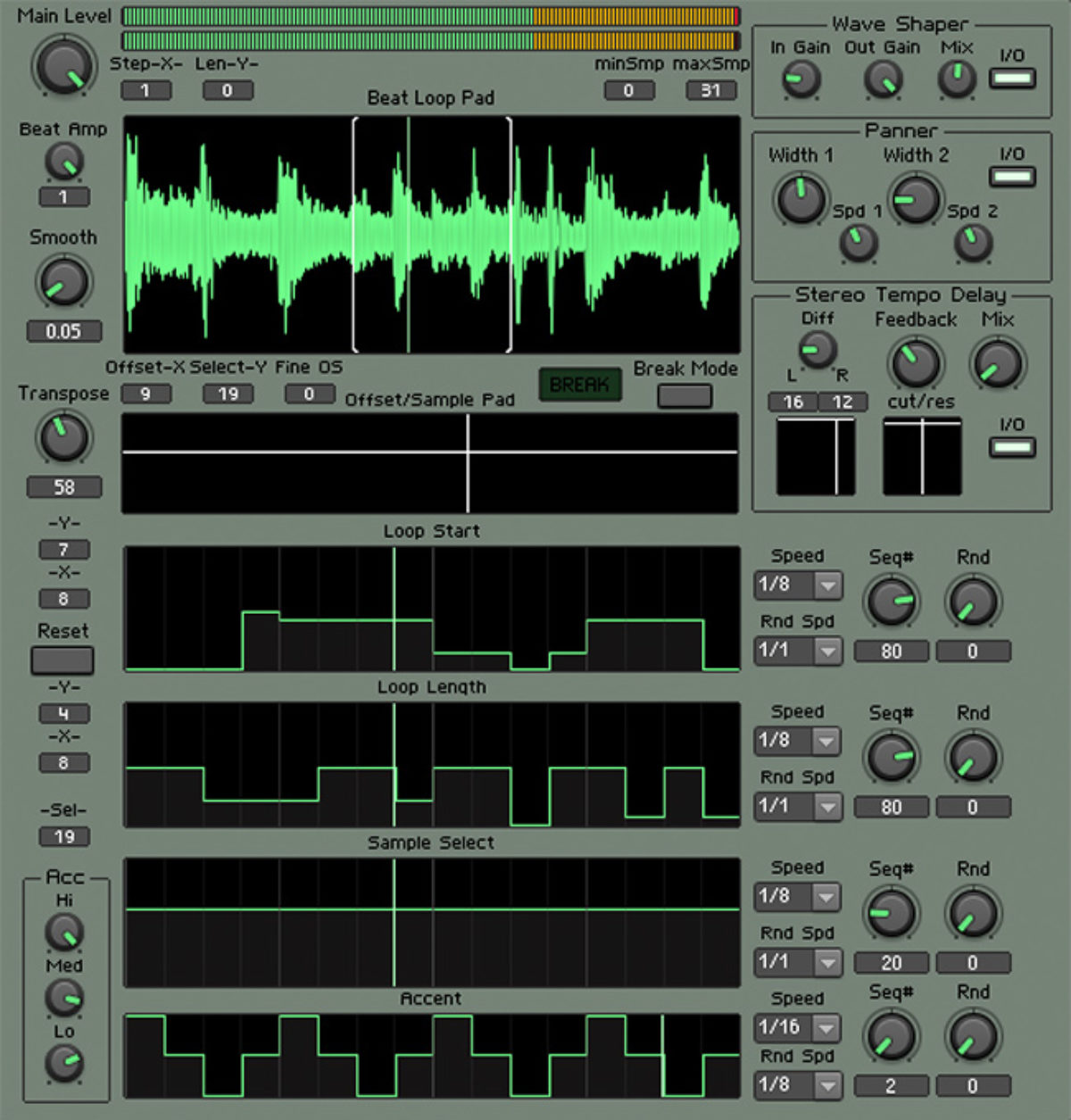
The loGjammer is an automatic jungle and IDM machine. Created for real-time breakbeat performances and loop deconstructions, it offers tons of modulation possibilities like pitched retrigger functions, sample select, loop length variation, pitch shifts, accents, wave shaping, filtering, panning, and a lot more. Although having a deep control interface, loGjammer never gets confusing or out of hand, making it a valuable addition to your collection of REAKTOR ensembles.
Check out loGjammer 3.2 here.
The live sequence solution
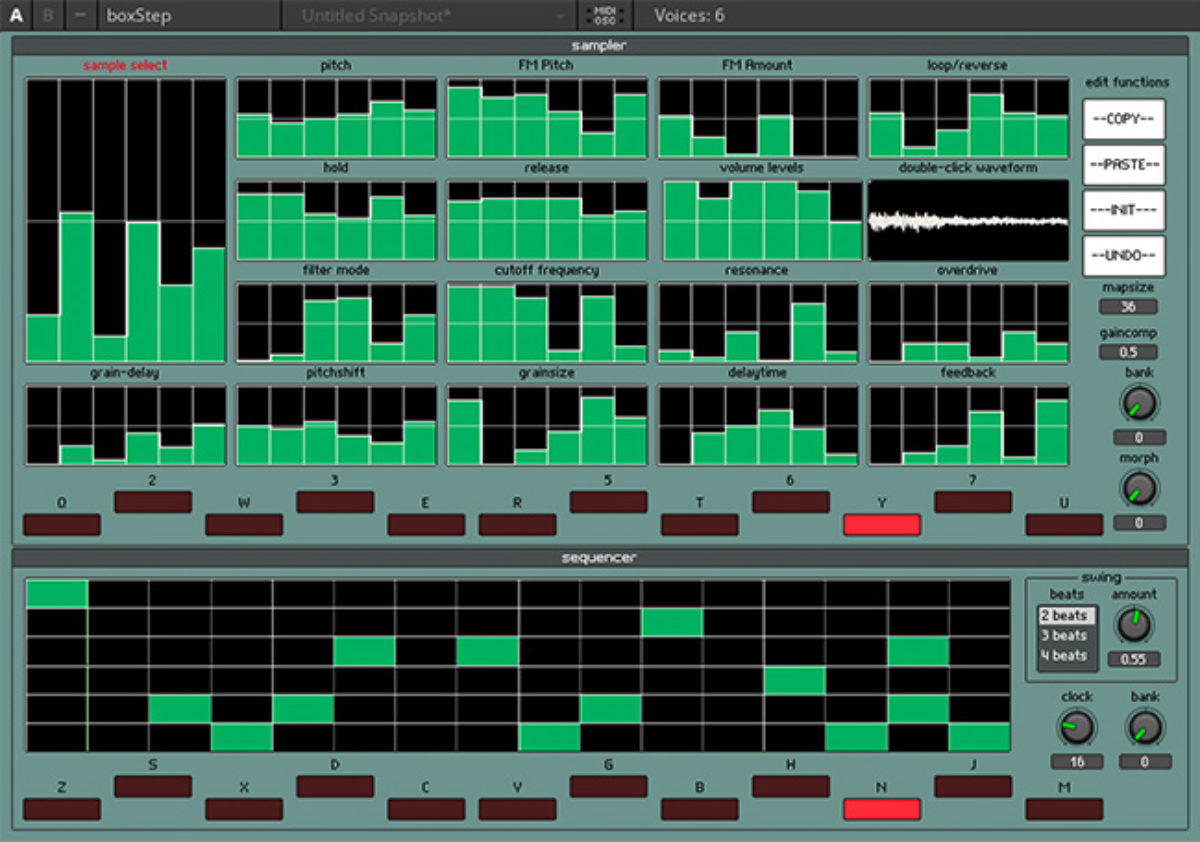
Daniel Battaglia’s boxStep ensemble is a powerful step sequencer and sample control unit offering tons of sound manipulation features like filtering, looping, reversing, grain-delay, distortion, fm-amount, and step volume level. Each of these values can be set individually in 6 step intervals.
boxStep works great for live performance purposes but also makes a valuable addition to your regular digital music production set up.
Check out boxStep here.
The loop revitaliser
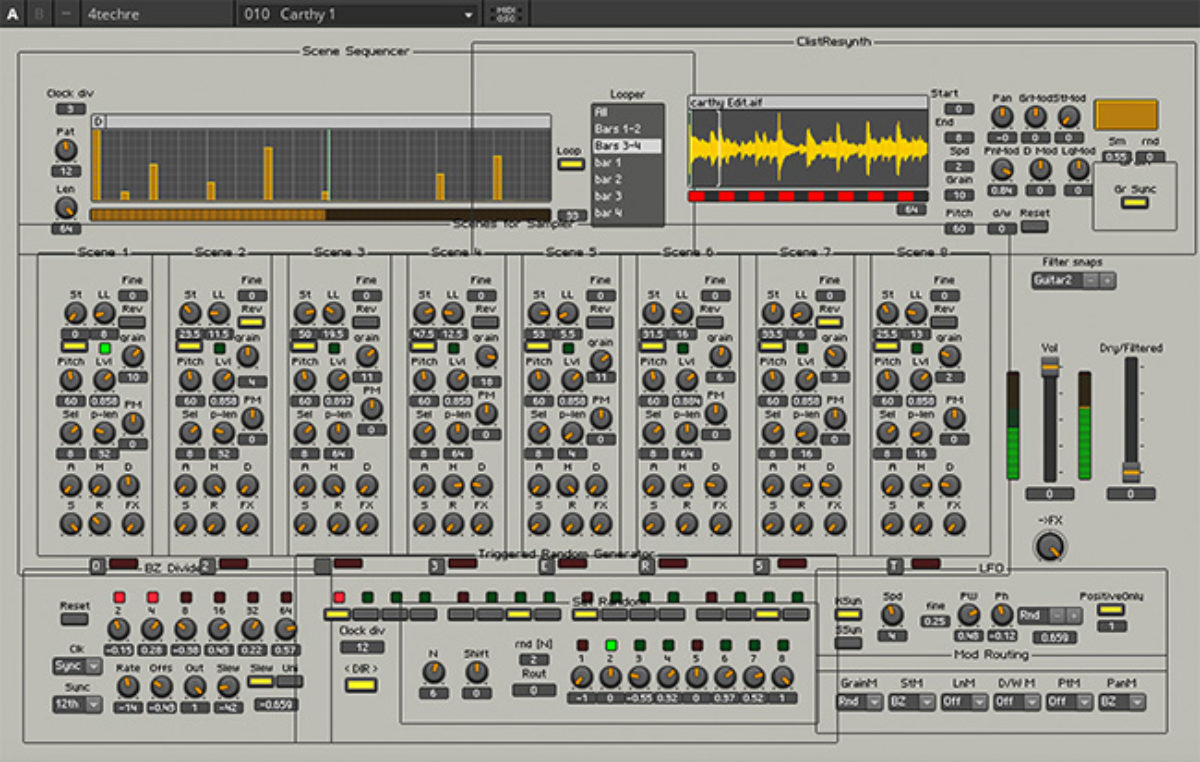
An eight scene, up to four bar sample looper with an additional divider section and triggered random generator for some extra randomized pleasure. Obviously, it works great for drum and breakbeat samples as well. The looper section allows playing individual single bars, all four of, or something in-between.
Check out FourTechre Mk II here.
Spatialized weirdness
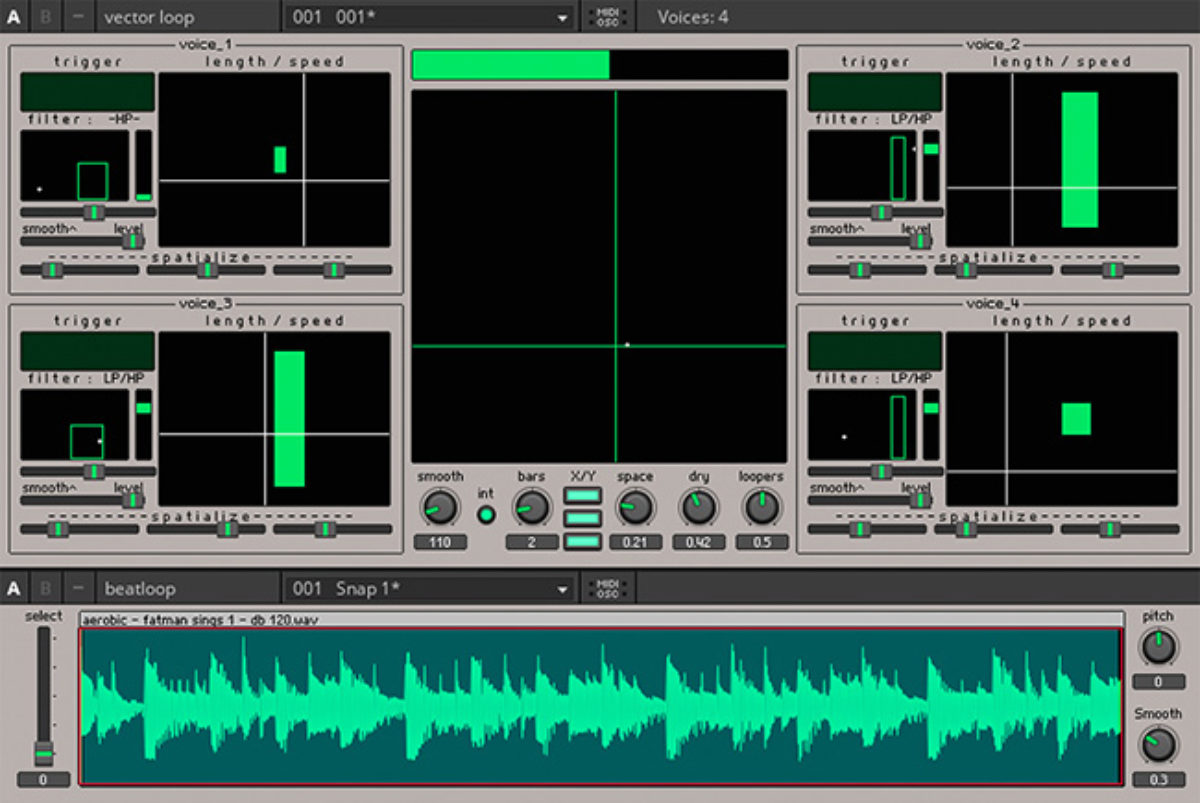
Being the weirdest and most out-there breakbeat ensemble in this list, the vector loop feels like a full blown sound design tool with a high fun factor.
Subdivided into four different loopers/sample players that are combined and controlled by an x/y vector matrix that trigger-selects each of the four individual segments, or in this case ‘voices’. Each voice has a trigger, speed/length, level, and space section.
Check out vector loop here.









